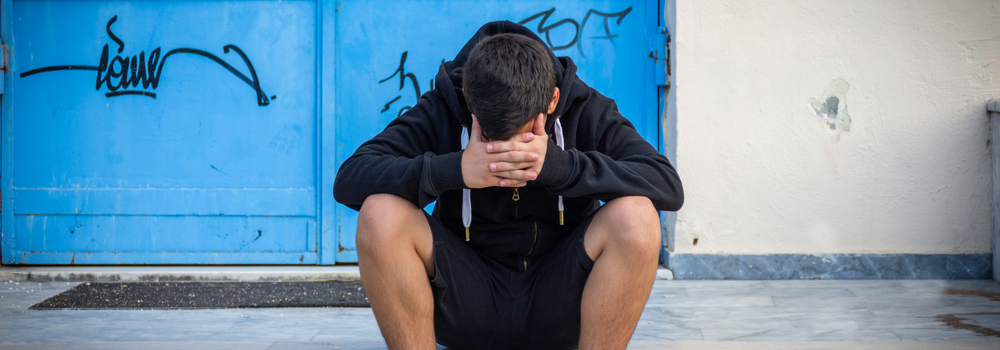Isn’t this how everyone drinks? Many a man who is living in the developmental stages of chronic alcoholism has asked himself this question. He sees his friends getting drunk. He sees his colleagues getting drunk. He might have grown up with alcoholism in the home and doesn’t think anything of alcoholic behavior. He knows that some people he has seen in his life drink far more than he does, act far more belligerently than he does, and even get into more trouble than he does. Yet something separates him from them. Something about his drinking patterns, his reactions to alcohol, and the way drinking affects his life, is different from his fellows.
Abnormal drinking may not necessarily be defined by the actual drinking itself but the responses to drinking when drinking takes place. A man may seem to drink about as normally as anyone else, but has abnormal reactions to drinking.
Abnormal Drinking Patterns
In today’s overly normalized culture of binge drinking and blackout drinking, it can be hard to pinpoint what exactly is abnormal drinking. The consumption of alcohol does not have to lead to severe intoxication. If a man is becoming impressively intoxicated every time he drinks, he is not drinking like a “normal” person.
Two kinds of abnormal drinking stand out: alcoholic drinking and binge drinking, which are easily confused. Binge drinking is not necessarily alcoholic drinking, though it can develop into an alcoholic behavioral pattern. Alcoholic drinking doesn’t necessarily have to include regular or even chronic binge drinking, but it can.
Alcoholic drinking is defined by three distinct thresholds: tolerance, chemical dependency, and continuing to drink despite repeated negative consequences caused by drinking.
Binge drinking is defined by the NIAAA as any kind of drinking which raises the BAC, blood alcohol concentration level to 0.08 grams percent of more. For men, binge drinking is usually consuming five or more drinks within about a two hour period.
The Deeper Abnormality
The real definition of abnormal drinking is what happens before, during, and after drinking. Drinking to cope with difficult emotions is hard to define as abnormal because so many people turn to even a daily drink to “take the edge off”. Escaping, numbing, harming, or feeling aren’t healthy reasons to pick up a drink or consistently get drunk. Getting into trouble, violence, hurting oneself, or causing severe wreckage during intoxication is not a normal behavioral pattern for most drinkers, nor is regular blacking out. After drinking for normal drinkers, there is rarely anything to be deeply regretted, nor are there prolonged periods of shame, guilt, regret, or remorse beyond the typical resenting a hangover. What defines abnormal drinking after drinking is the inability not to drink and have irregular experiences again.
Tree House Recovery of Orange County, California is a premier men’s addiction treatment facility that uses eight different modalities to help our men become the best versions of themselves they can be. We teach our men that every day of their journey is something to celebrate, and that recovery isn’t a sprint– it’s a marathon. By showing our men how to celebrate each day’s victories, we show them that self love isn’t about what we have or haven’t done. It’s about getting a little closer to where we want to be. To get started with Tree House Recovery, call us today at (503) 850-2474



